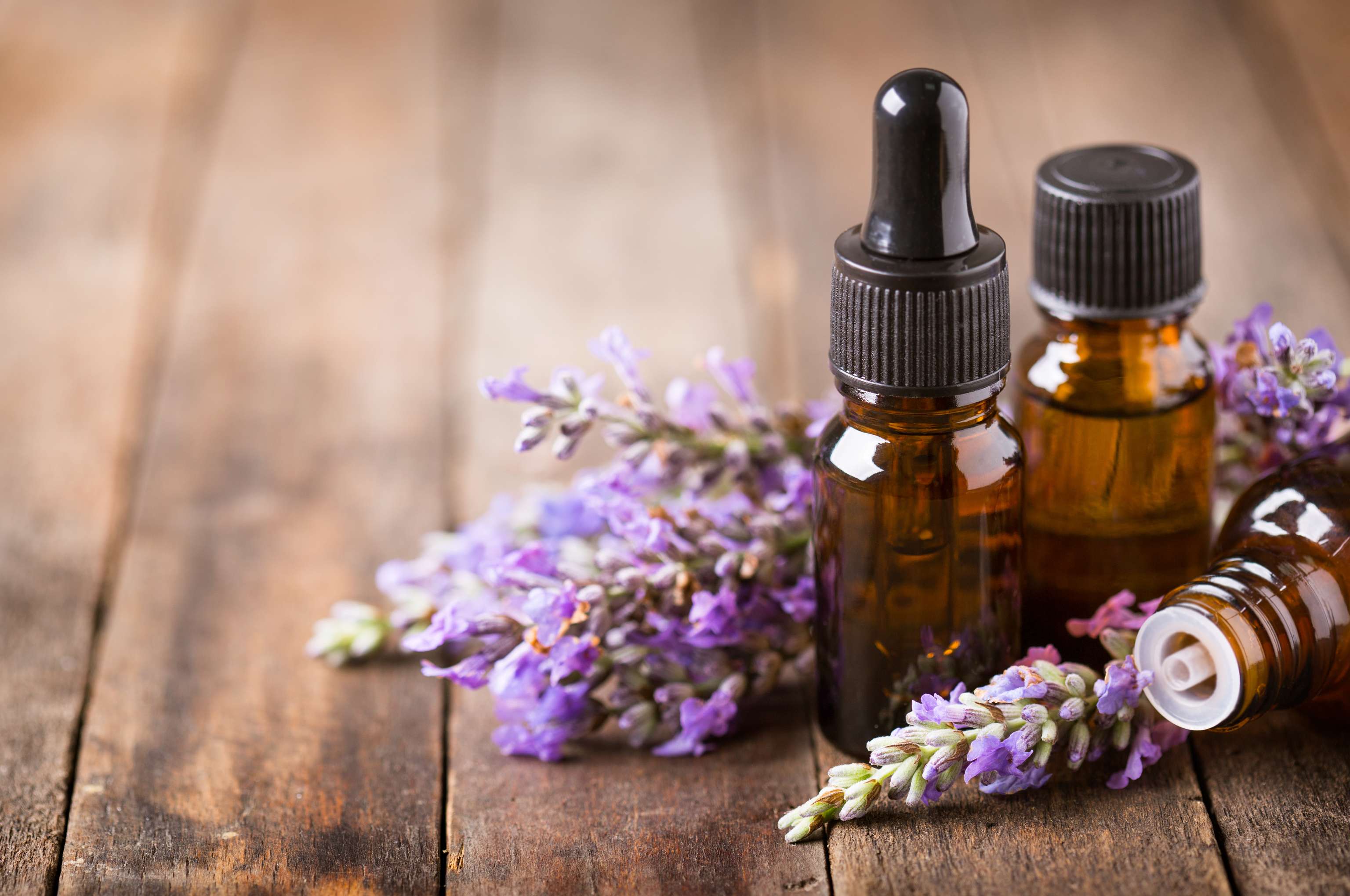Aromatherapy and essential oils - more than just fragrance

Aromatherapy and Essential Oils:
Essential oils are natural substances formed by plants that consist of organic substances such as alcohols, esters, ketones or terpenes. These mixtures of substances have an oily consistency and, in contrast to fatty oils, evaporate without leaving any residue.
Already in the Middle Ages the use of essential oils for healing purposes for certain diseases was widespread in the European area (also in Egypt and the Arabian area). This interest or knowledge, however, was silenced for many centuries, until in the 20th century the French doctor Jean Valnet discovered the effects of essential oils. The French doctor Jean Valnet rediscovered the effect of fragrant oils and published in 1964 the first medical book "Aromathèrapie, Traitment des maladies par les essences des plantes" ("Aromatherapy, treatment of diseases with plant essences").
Extraction of the essence:
Essential oils are extracted from the flowers and leaves of plants by distillation. This is a thermal separation process by which the solvents are to be separated from the substances that are not easily evaporated and then recovered by condensation. The extraction of the fragrant oils is very complex and requires a high concentration of plant parts, as the essence is highly concentrated. Only so-called natural aromatic oils have a variety of ingredients and therefore different effects on the human body.
Frequently used essential oils are for example: lavender oil, peppermint oil, neroli oil and tea tree oil.
The medical treatment of diseases and physical condition with these essential oils is also called aromatherapy.
Commonly used forms of administration in aromatherapy would be: Inhalation, Baths, Massage, Local application/rubs.
Indications for use and effects:
Especially the scent of these essences is said to have a healing effect. The scent molecules reach the olfactory epithelium (i.e. olfactory mucosa) via the nose. As this part of the body is connected to the central nervous system, the olfactory stimuli are transported to this system by means of afferent neurons, where messenger substances are released. These substances can have an analgesic or soothing effect. In addition, endorphins (i.e. short-chain organic compounds) can also be released, which have an analgesic effect. Aromatherapy has also been used to alleviate symptoms of diseases such as multiple sclerosis, strokes, and Parkinson's disease.
Does lavender essential oil work?
A 2019 study published in the journal Burns examined the effect of aromatherapy massage with lavender and chamomile oil on anxiety and sleep quality in patients with burns. In this quasi-experimental study, 105 patients were divided into three groups (control group, placebo massage, and combined aromatherapy massage). Three sessions were performed 20 minutes before bedtime within one week. A significant difference within the three groups in terms of anxiety and sleep quality after these interventions was measured. The study concluded that aromatherapy delivered through massage application as a non-pharmacological method can improve anxiety and sleep factors in burn patients.
In another randomized controlled trial published in 2018, 80 surgical patients undergoing colorectal surgery (surgery on the rectum or colon) were divided into two study groups. One group received lavender oil aromatherapy before surgery and the morning after surgery, while the control group received standard care. It was found that lavender oil aromatherapy massage increased sleep quality and decreased the level of anxiety in patients in the pre-surgery period.
Conclusion:
In professional aromatherapy, the effects are based on known and verified therapeutic effects of the chemical components in the essential oils. As these oils are highly concentrated, they should not be used pure in direct contact with the skin or mucous membranes as they can be highly irritating. Especially pregnant women and children should be aware of the adverse effects and consider consulting a professional before using them.
Sources
- Rafii F, Ameri F, Haghani H, Ghobadi A. The effect of aromatherapy massage with lavender and chamomile oil on anxiety and sleep quality of patients with burns. Burns. 2020 Feb;46(1):164-171. doi: 10.1016/j.burns.2019.02.017. Epub 2019 Dec 16. PMID: 31859096.
- Cahide Ayik, Dilek Özden. The effects of preoperative aromatherapy massage on anxiety and sleep quality of colorectal surgery patients: A randomized controlled study. Complementary Therapies in Medicine. Volume 36. 2018
- Shirley Price, Len Price. Aromatherapy for Health Professionals. Fourth edition. Churchill Livingstone Elsevier. 2012
- Rebecca Schneider, Aromatherapie in der Pflege von Akutpatienten: Systematische Literaturübersicht, 2009
- Aromatherapie (Netdoktor)

Danilo Glisic
Last updated on 24.12.2020
Your personal medication assistant
Browse our extensive database of medications from A-Z, including effects, side effects, and dosage.
All active ingredients with their effects, applications, and side effects, as well as the medications they are contained in.
Symptoms, causes, and treatments for common diseases and injuries.
The presented content does not replace the original package insert of the medication, especially regarding the dosage and effects of individual products. We cannot assume liability for the accuracy of the data, as the data has been partially converted automatically. Always consult a doctor for diagnoses and other health-related questions.
© medikamio